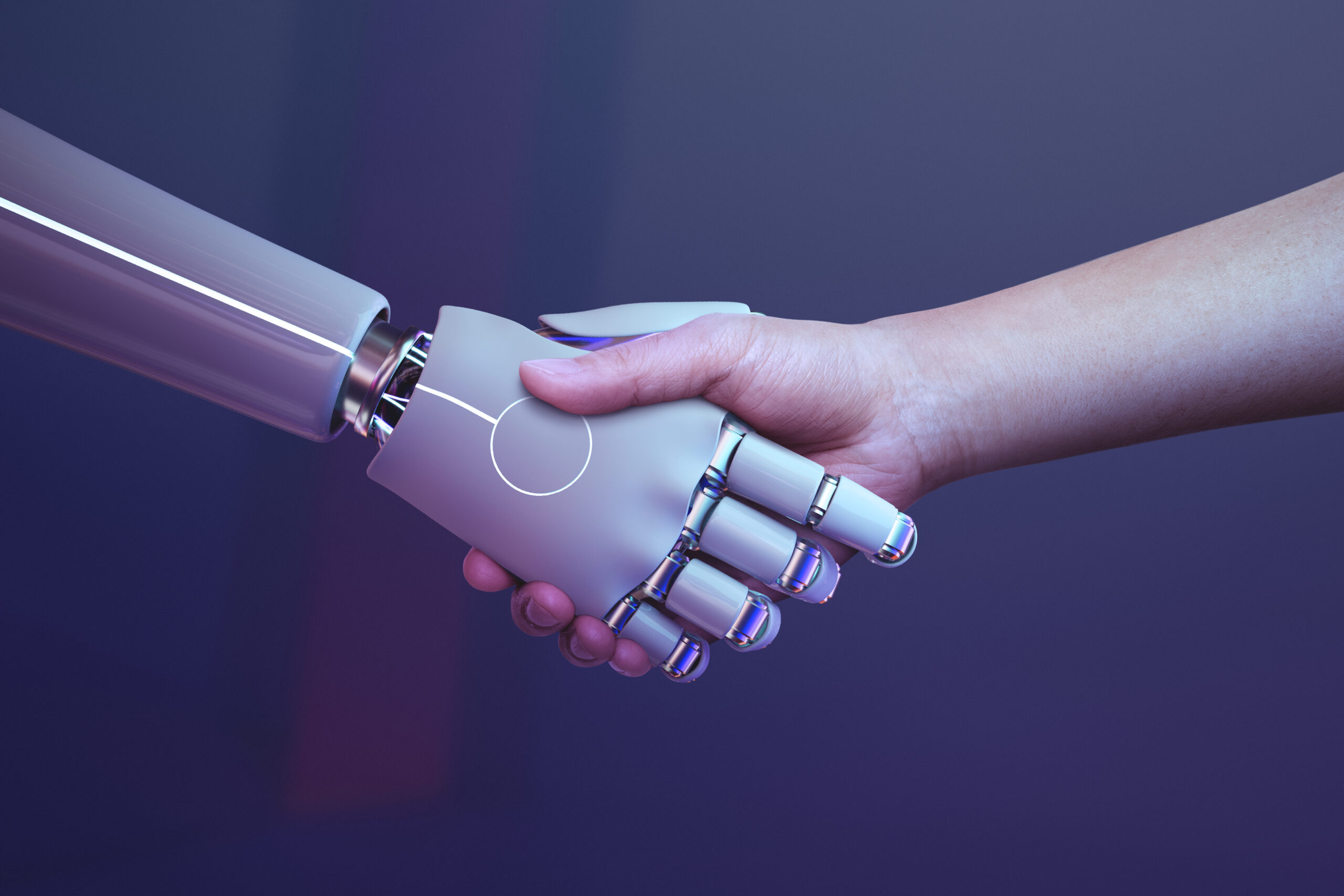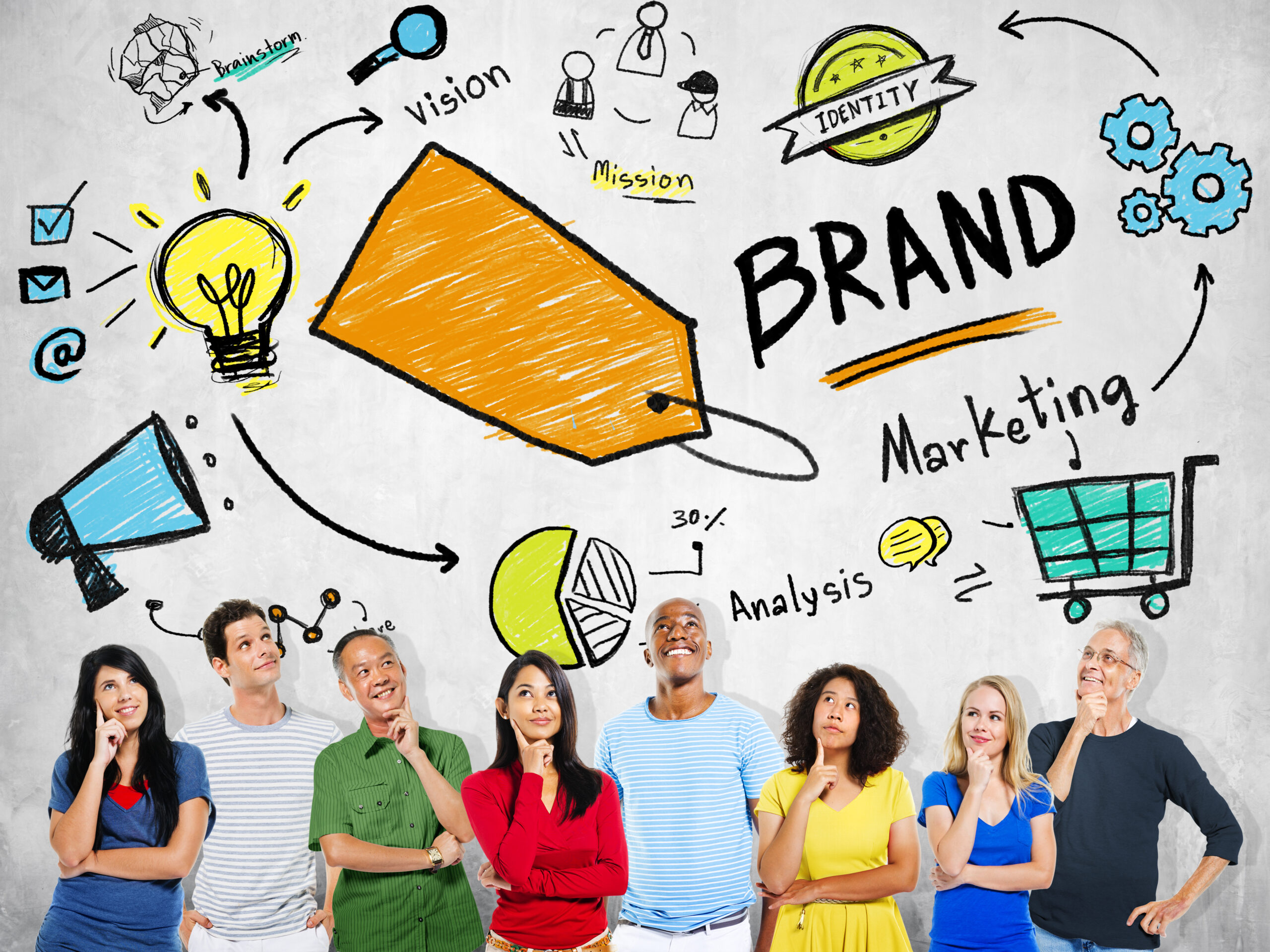Artificial intelligence (AI) has made remarkable strides in transforming various industries, and graphic design is no exception. With advancements in machine learning and automation, AI-powered tools have emerged that can generate designs, edit images, and even mimic the creative process. This has sparked debates about the future of graphic designers and their role in an AI-dominated world. In this blog post, we will explore the evolving relationship between artificial intelligence and graphic designers, examining the potential benefits, limitations, and the unique value that human designers bring to the creative process.
The Rise of AI in Graphic Design: AI has undoubtedly revolutionized certain aspects of graphic design, offering efficiency and speed in executing certain tasks. AI-powered tools can analyze data, identify patterns, and generate design options based on predefined parameters. From automated logo generators to image enhancement algorithms, AI has made it possible to create visually appealing designs in a fraction of the time it would take a human designer. Additionally, AI can assist with repetitive tasks like resizing images, organizing files, and optimizing workflows, freeing up designers to focus on more strategic and creative aspects of their work.
The Benefits of AI in Graphic Design:
- Efficiency and Time Savings: AI tools can rapidly generate design options and complete repetitive tasks, allowing designers to allocate more time to strategic thinking, conceptualization, and refining designs.
- Data-Driven Insights: AI can analyze vast amounts of data and user feedback to provide designers with valuable insights, enabling them to create more targeted and effective designs that resonate with the target audience.
- Automation and Streamlining: AI-powered automation streamlines design processes, reducing errors, and increasing productivity. Designers can leverage AI tools to automate mundane tasks, allowing them to focus on higher-level creative work.
The Limitations of AI in Graphic Design:
- Lack of Intuition and Creativity: While AI can generate designs based on existing patterns and data, it lacks the human touch, intuition, and creativity that graphic designers bring to the table. Design is a highly subjective and nuanced field that often requires empathy, emotion, and a deep understanding of human behavior and culture.
- Contextual Understanding: AI may struggle to grasp the context, cultural nuances, and abstract concepts that influence design decisions. Graphic designers possess the ability to interpret and infuse designs with meaning, aligning them with a brand’s values and the intended message.
- Adaptability and Originality: AI excels at optimization and repetition but may struggle with originality and adaptability. Graphic designers can think outside the box, adapt to new challenges, and create unique designs that resonate with diverse audiences.
The Unique Value of Human Graphic Designers:
- Creativity and Originality: Human designers bring a creative spark and the ability to think critically, conceptualize ideas, and push boundaries. They can inject personality and emotional appeal into designs, capturing the essence of a brand or message.
- Problem Solving and Innovation: Graphic designers possess problem-solving skills, approaching design challenges from multiple angles to create innovative and effective solutions. Their ability to empathize with users and understand their needs drives the creation of designs that engage and delight.
- Collaboration and Communication: Designers are adept at collaborating with clients, understanding their vision, and effectively communicating design choices. They can navigate complex feedback and iterate designs based on real-time input, ensuring alignment with the client’s goals.
While AI continues to advance and reshape the graphic design landscape, the role of human designers remains invaluable. AI-powered tools can undoubtedly enhance efficiency, automate certain tasks, and generate design options. However, the human touch, intuition, creativity, and problem-solving capabilities of graphic designers are irreplaceable. The ideal approach lies in embracing AI as a tool to augment and amplify the capabilities


